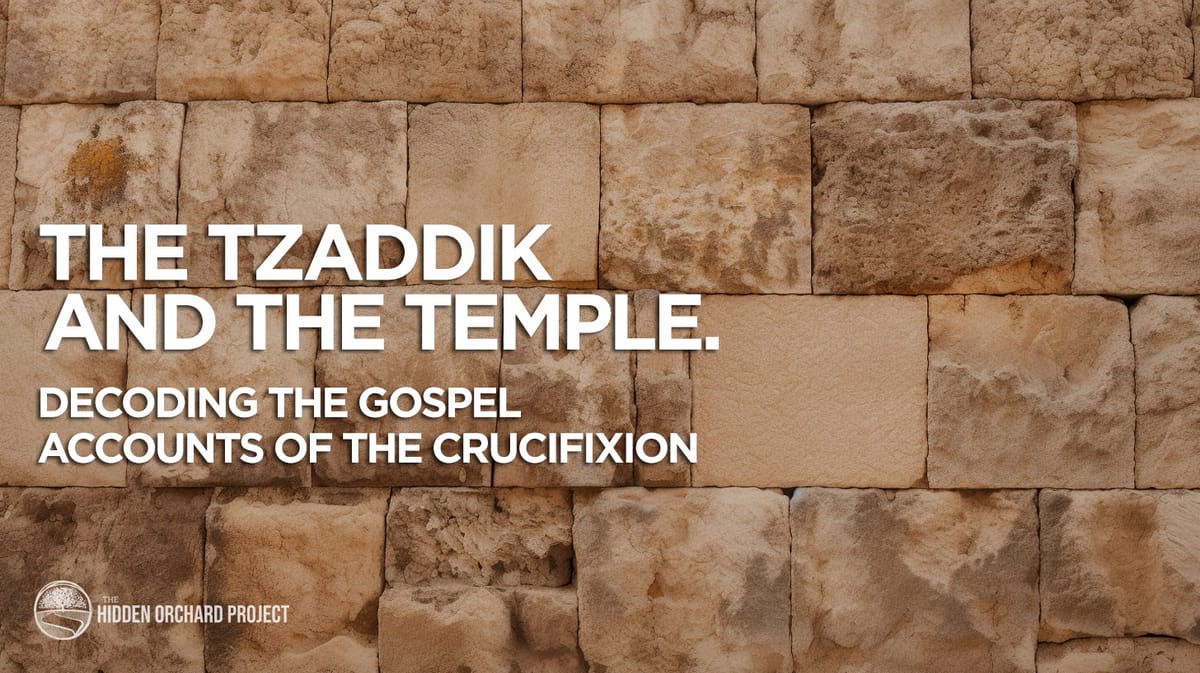Mysticism in the New Testament - Program
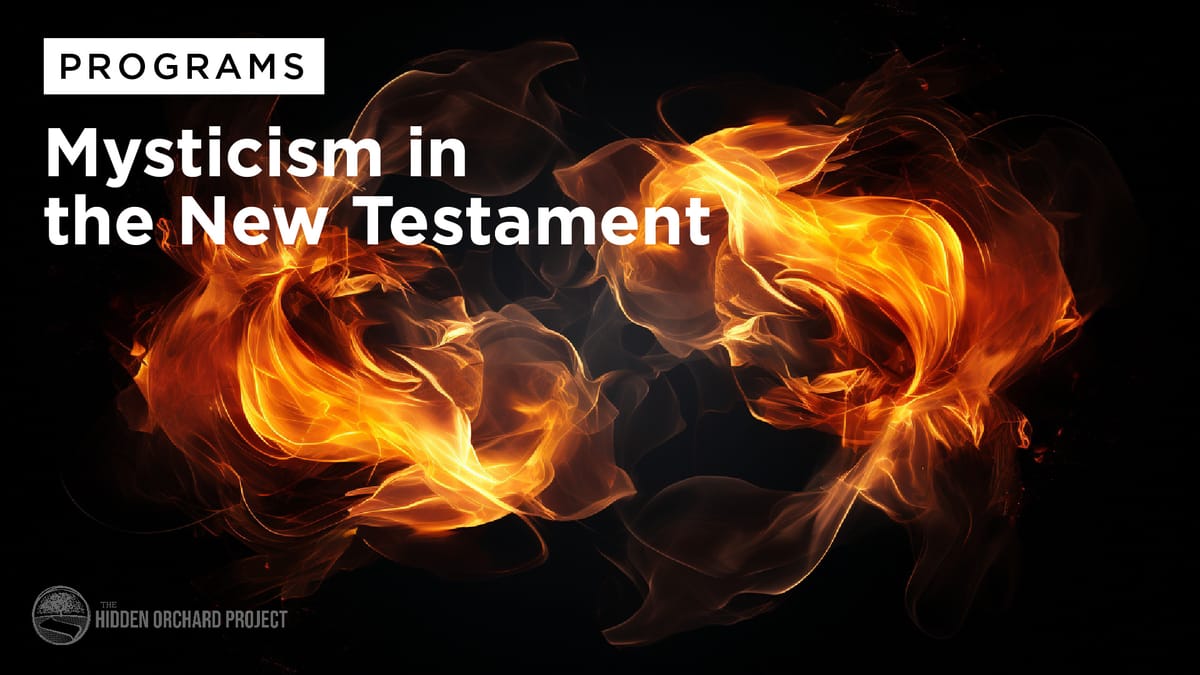
The following articles have been organized to show the depth of concepts and ideas taught in the New Testament, particularly where they share an affinity with the deeper mystical traditions of Rabbinic Judaism.
As new articles are posted for this topic, this list will be updated, so check back occasionally.
👍 Some articles may require Free Membership or Full Access. Subscribe today!
Part 1 - Foundation
PaRDeS - Jewish Hermeneutics
If you have been around the world of Jewish thought for a while, you might likely already be familiar with the concept represented by the acronym, PaRDeS.

A Lamp Under a Basket
Understanding Biblical metaphors and multi-faceted imagery is vital to unlocking the hidden dimensions of interpretation. In this article, we will unpack a few layers to reveal a deeper message in a familiar passage from what is called, “the Sermon on the Mount”.

What Does the Bible Say About the Afterlife?
The concept of the afterlife, particularly heaven, and hell, has been the subject of fascination and contemplation across various religious and cultural traditions. But, what does the Bible say about these topics?

Part 2 - Basic Concepts
The Soul is a Flame
In the Sermon on the Mount, Yeshua leverages many ideas from the Midrash that expound upon the deeper concepts in the Torah. ... many of them find their closest parallels to the works of the Kabbalah - texts like the Zohar, the writings of the ARIzal, and the Tanya.

Keys to Understanding the Book of Hebrews
Over the last 50-60 years, Physicists have come to the idea that our universe is the result of a terrifying collapse from a 10-dimensional universe to the 4 dimensions we are familiar with. The kabbalah and science share common, both indicating that there is more to our existence than we can see.

The Father of Lights
In the first chapter of James, a deeply mystical idea is concealed within a seemingly simple statement. When we analyze the framework of his teachings, we find a strong affinity with later works of the Kabbalah.

Holy Spirit vs. Ruach HaKodesh: Revealing the Essence of Divine Presence
One of the most elusive concepts in the Bible is the idea of the Holy Spirit. Though Judaism and Christianity share some common ground in recognizing Ruach HaKodesh/Holy Spirit as an aspect of the Divine Presence, the nuances and theological underpinnings differ significantly.

Part 3 - Parables and Teachings of Jesus
Parable of the Talents
In the Zohar, there is a discussion based upon the Torah commandment to ‘pay a laborer his wages the same day he works for them’¹. In the Peshat/plain meaning, this is great model of mercy, ensuring a person has what they need to survive and feed their family.

From Water to Wine
Among the most well-known stories in the Gospels, Jesus turning ‘water to wine’ is arguably one of the most commonly known. While some see a story that highlights mastery over the physical elements, the Rabbinic metaphors indicate that there is more to this story than meets the eye.

The Garments of the Soul
In Rabbinic thought, the Garments of the Soul refer to our; deeds, words, and thoughts. When we understand these Rabbinic metaphors, we unlock a new insight into a famous parable in the Gospel of Matthew.

The Parable of the Bridesmaids
The Parable of the Bridesmaids is a timeless lesson of vigilance and preparation. When we overlay the themes of the rabbinic tradition, we see more information under the surface to help us prepare.

Difficult Sayings of Jesus: “Eat of My Flesh”
A particular passage in the Gospel of John has been difficult for many readers to understand for centuries. The text indicates that many in Jesus’s day had a hard time with it too.

The Tzaddik and the Temple: Decoding Gospel Accounts of the Crucifixion
Considered obsolete by Christians, the Temple is still mourned by Jews. Is there a place for the Temple in the future, or has this been replaced by Jesus?
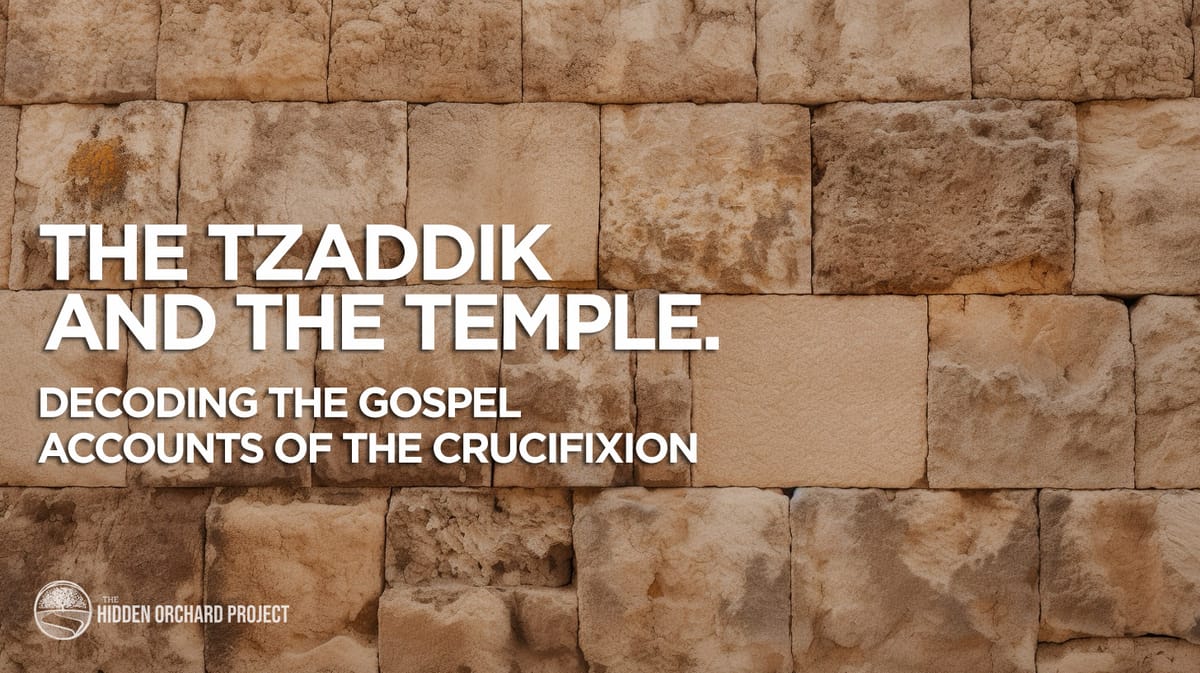
Part 4 - Teachings of Paul and the Apostles
Through A Glass Dimly
Speaking to his audience in Corinth, Paul makes a statement about the spiritual state of mankind and the limited potential for prophetic capacity. His language suggests he is referencing a tradition in Kabbalah regarding the current state of mankind.

Who Is the “New Man” in Ephesians?
Throughout the Epistles of Paul, he makes frequent references to the Midrashic traditions regarding Adam HaRishon, the first Adam. As is the case for many Torah Jews, this tradition heavily influences Paul’s worldview, both eschatologically and practically.

The First Adam and Second Adam (Kadmon)
With this article, we will start to cover some of the more complex concepts that are featured in the New Testament. Hopefully, we’ll lay a foundation to understand ideas many see as controversial and/or a major departure from Jewish thought.

The Third Heaven
Most are not aware of the meditative methodologies within Rabbinic Jewish tradition and the idea of ‘Soul ascents’. These can often sound similar to (and may be), the (OBE) Out of Body experiences or (TM) Transcendental Meditations found in modern spirituality movements.

What Is A “Baptism of Fire?”
What did John [the Baptist] mean when he said Jesus would ‘baptize with fire’? The answer can be found in the Kabbalah, and is surprisingly practical for understanding some more complex metaphors in the Bible.

Part 5 - Deeper Concepts
Two Messiahs: the Son of David, and Son of Joseph
One of Judaism’s most mysterious and guarded concepts is the concept of the twin Messiahs. As a result, it can be safely said that most people have derived their idea of Messiah largely from the various views within Christian theology.

From Hidden to Revealed: On the Road to Emmaus
A peculiar and famous encounter is recorded in the Gospel of Luke, known to many as “the Road to Emmaus” contains many Midrashic hints that point to a deeper idea than is seen on the surface.
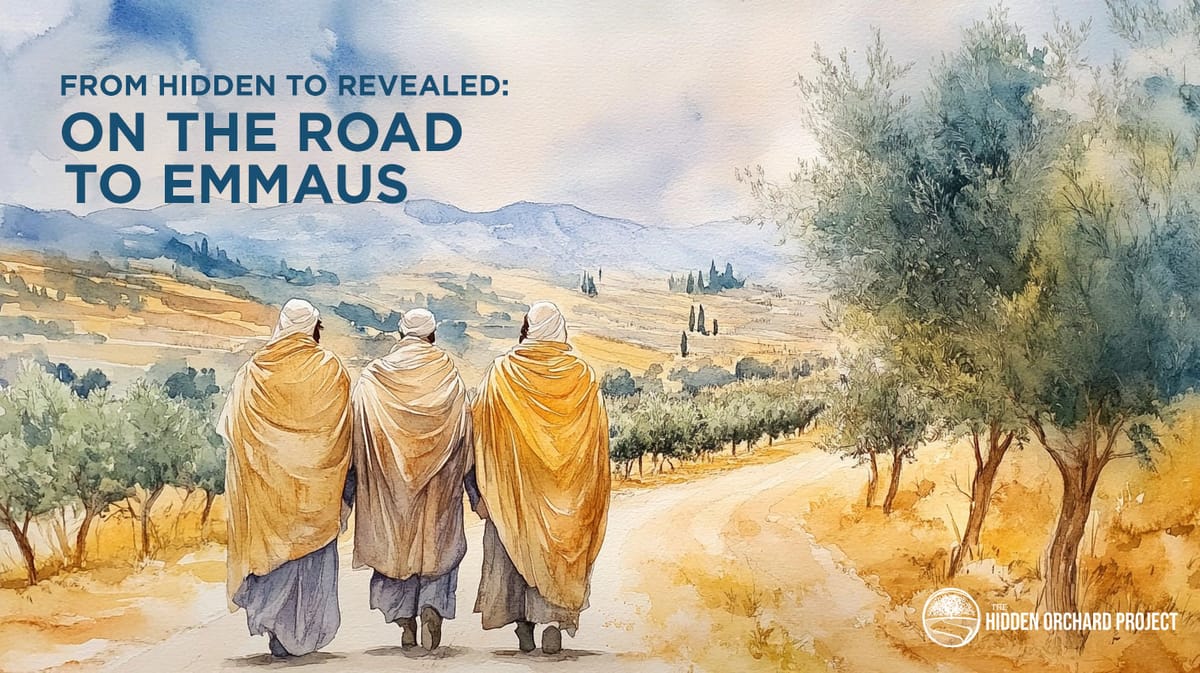
What Does the Bible Say About the Afterlife?
The concept of the afterlife, particularly heaven, and hell, has been the subject of fascination and contemplation across various religious and cultural traditions. But, what does the Bible say about these topics?

Ibur: The Entanglement of the Soul in 1 John
What does it mean that G_D is in us, and we are in G_D? Learn how the deep mystical concept of Ibur holds a prominent place in the Apostolic writings, unlocking insight and dispelling errant theologies.
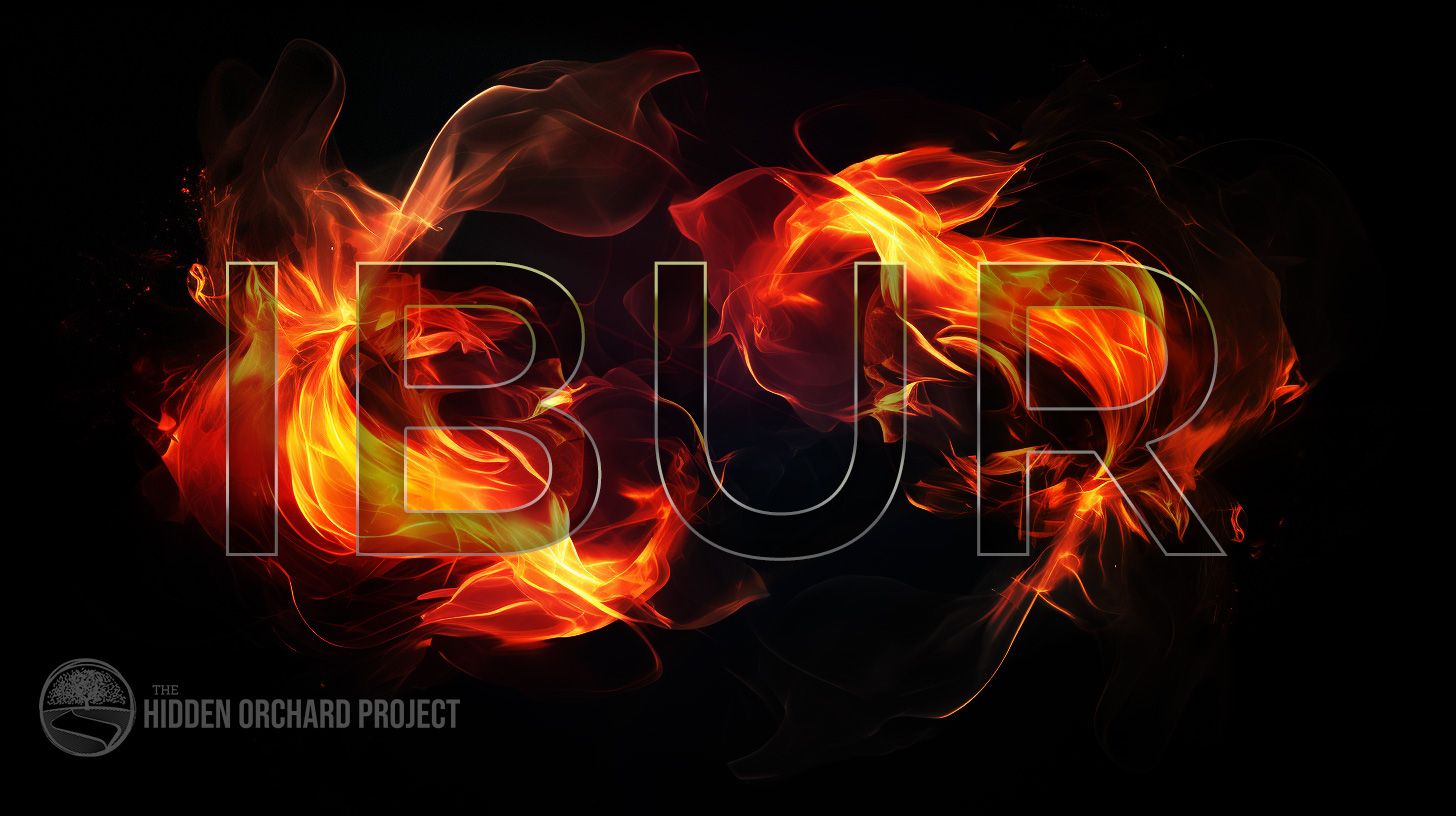
Understanding the Sefirot
You may have come across the idea, or perhaps an image of the Sefirot. In a sense, they can be described as a sort of ‘theory of everything’ for the Jewish Sage-Mystics. Understanding them can be incredibly useful, though it may require a commitment of time.
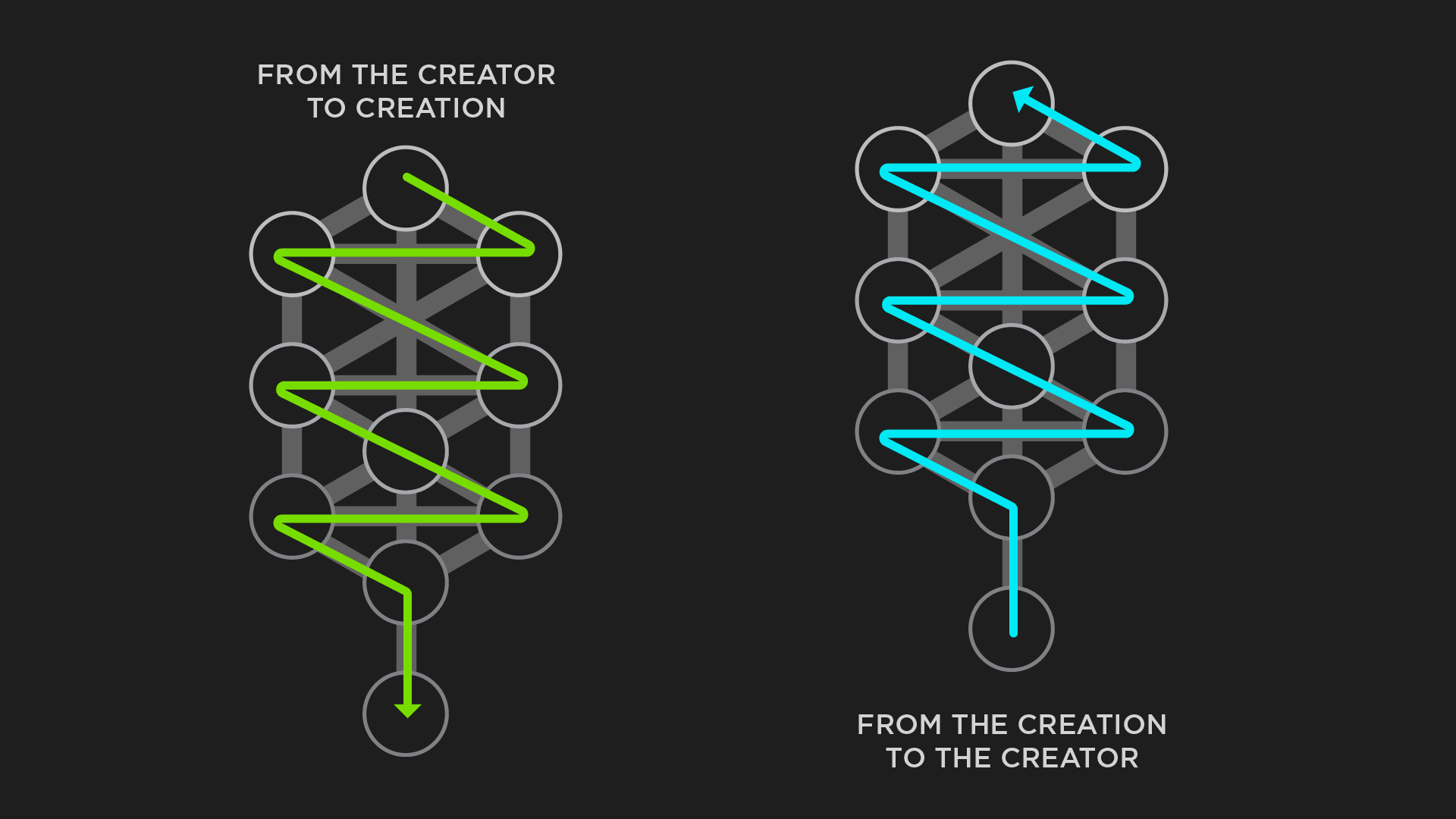
Reincarnation According to Jewish Tradition - Video
In this video, Rabbi Dovber Pinson shares some insights to understand the complexity of the Soul according to Rabbinic tradition.

5 Worlds - Jewish Cosmology
In a mystical interpretation of Isaiah, the Rabbis uncovered a hint at the cosmological design of creation. Often referred to in Hebrew as “Worlds” (Olamot), these help aid our understanding of how the Creator interacts with the created.

Decoding Golgotha
Is the Gospel of John a straightforward account of events that happened, or has the author concealed a deeper message for readers? In this article, we’ll explore the fascinating and peculiar language of Jewish mysticism and the connections to the crucifixion scene.

Mystical Concepts In the New Testament - Part 1
What does the New Testament mean with passages that speak of G_D being in us, or Jesus in your soul? In this 2-part series, we will explore the mystical idea behind these and try to shed some light on these ideas

Mystical Concepts In The New Testament Part 2
What does the New Testament mean with passages that speak of G_D being in us, or Jesus in your soul? In this 2-part series, we will explore the mystical idea behind these and try to shed some light on these ideas

The Tzaddik and the Temple: Decoding Gospel Accounts of the Crucifixion
Considered obsolete by Christians, the Temple is still mourned by Jews. Is there a place for the Temple in the future, or has this been replaced by Jesus?
